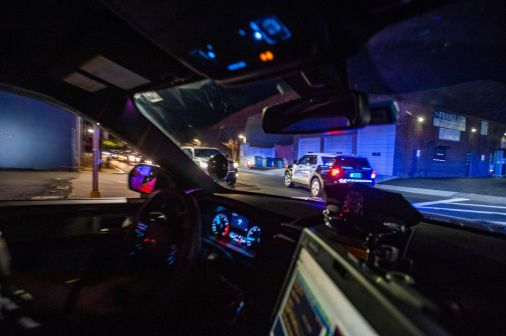Ohio Gov. DeWine proposes $10M for police body-worn cameras

Body-worn cameras could soon become more prevalent among Ohio police following a budget proposed by Gov. Mike DeWine on Wednesday that includes $10 million for the technology.
DeWine said only 183 of the state’s 900 law enforcement agencies are using body-worn cameras, an increasingly popular method of improving accountability among police and protecting police from false claims of wrongdoing. But in a Wednesday briefing, DeWine he wants those numbers to increase.
“My goal is for every police officer in the state of Ohio to have a body camera,” he said. “I think it protects the police. It protects the public and it’s good to have that transparency.”
To obtain the new grant funding, DeWine said police agencies must follow state standards for using body-worn cameras. Those standards are set by the Ohio Collaborative Community-Police Advisory Board, which requires that police follow procedures like activating their cameras during traffic stops or when responding to domestic disputes. The standards also place limitations on how footage can be used, including a prohibition against civilians reviewing footage at the scene.
The purposes of the recordings, according to the state’s standards, are to “enhance the accuracy” of officer testimony in court, improve the ability of reviews of probable cause for arrest, to inform officer training and to document crime and accident scenes.
The new funding arrives after the fatal Dec. 22 shooting of Andre Hill by Columbus, Ohio, police. Directly before that incident, an officer can be overheard in a video instructing other officers to turn off their body cameras.
A spokesperson for the Columbus Department of Public Safety told the Associated Press that some officers at crime scenes require body cameras, while others don’t. According to state standards, however, body-worn cameras “require” activation in “all contacts with citizens in the performance of official duties.”




